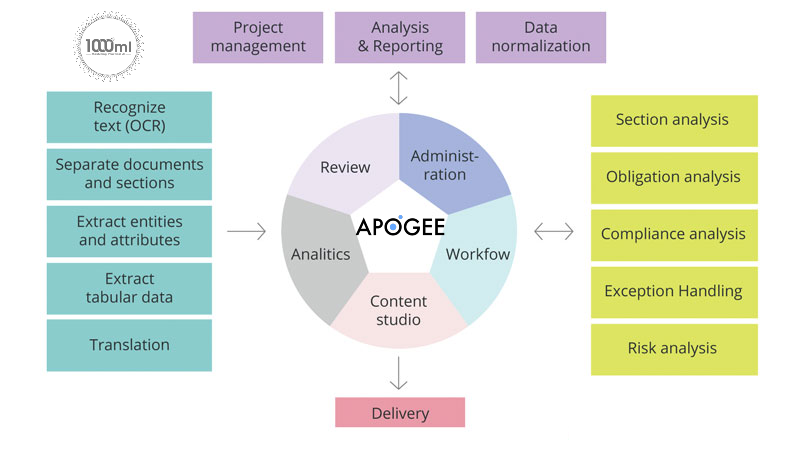Some clauses are entire sections of documents that explain legal rules. Others can be a single paragraph or sentence that defines a critical meaning.
While law clauses are essential for reviewing legal cases, it is challenging to understand how they work. A plan for law clause understanding is critical to success, and artificial intelligence can make it easier for people to find these clauses. AI can boost legal research by helping parties find content while going beyond the traditional FILAC process.
AI can enter the methodical approach people use for legal research. A user can evaluate a legal problem and determine a legal question someone wishes to answer. The AI program can then check on the past law clauses that might help include details.
Much of the work AI can complete will revolve around the existing FILAC approach to finding content. As convenient as the FILAC process is, AI will enhance the effort and provide a more helpful approach to work.
The legal review process will require multiple steps for success. AI improves how people find new data and can incorporate as many rules as necessary. The work can also use machine learning to find new trends as they appear.
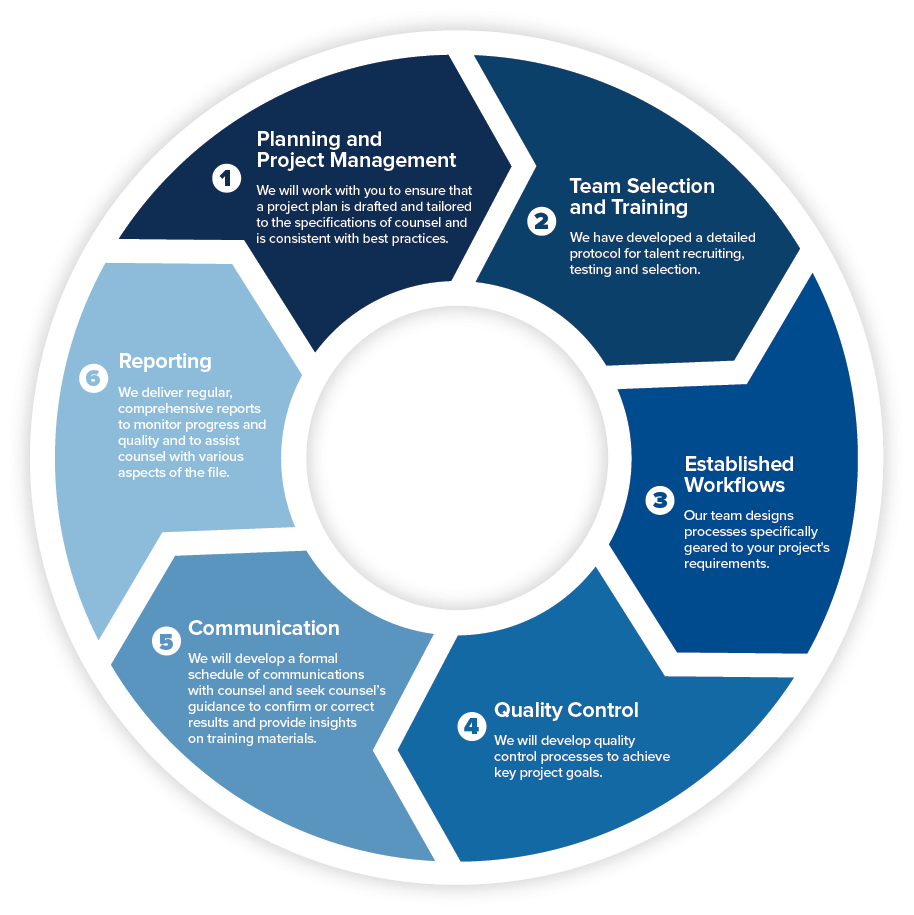
The FILAC Approach
Brock University states that the FILAC approach is convenient for helping people review law clauses and data. The FILAC system can help the legal research process by identifying data and comparing it with an existing case.
The FILAC approach uses five steps:
1. Facts
A factual analysis approach is necessary for reviewing the available data. The factual review helps explore the legal question in a situation by looking at the events and parties in a situation and then checking the claims. The facts are necessary for helping identify whatever might happen in a situation.
2. Issues
The issues are the concerns that will arise in a legal case. This second step is about identifying the problems that may appear at a time. By understanding the issues, the facts in a case are easier to frame. The work allows the research process to be easier to manage because there’s an idea of what one might want to review at a time.
3. Law
The research can review existing laws through primary and secondary sources. Primary sources are prior legal precedents, while secondary sources can explain and comment on the law as it forms. Understanding the laws can help people understand what rules might develop in a situation.
4. Analysis
The analysis process involves applying the relevant law clause to a case. As the case becomes easier to understand from a research process, the analyst can compare and contrast reports and interpret clauses and statutes as necessary. Sometimes further research will help, but that depends on what someone finds here.
5. Conclusion
The conclusion will answer the issues that appear at the start. The final findings can help resolve a court case and improve how well people can review the content.
These five steps in the FILAC process help identify law info by reviewing different law clauses and seeing how they can apply to legal cases. The factual analysis approach can isolate the facts for success, providing a more detailed approach to understanding what works.

What Is FILAC Responsible For Managing?
The FILAC process involves work that reviews how a legal case can work based on prior knowledge or whatever bits of information are available. FILAC also keeps track of various legal functions and definitions, helping improve how well people manage data.
Artificial intelligence will be necessary for boosting how well the FILAC practice works. An AI setup can incorporate multiple definitions and concepts for work. It may also simplify how people can search for data in various forms, providing a more thorough process for work that fits.
How Does AI Help With the FILAC Process?
While the FILAC approach is convenient, it can always use some improvement. AI can help create a unique system deeper than the traditional FILAC approach. AI can help a FILAC system by providing new rules for how a system can review legal documents.
The AI development process can include a few steps for improving how well the content research process can work:
- Multiple questions can appear in the AI setup. These questions may include specific rules AI can use when finding different cases. If/then terms may appear, while guided learning can consist of whatever rules someone wishes to add.
- There may also be parameters for whatever answers appear in the research process. These parameters include points for what types of cases can be analyzed when finding data.
- Any existing clauses or statutes may also appear in the search process. The AI can complete its research by looking at these points while ignoring anything that might be outdated or otherwise irrelevant.
- Machine learning systems can also identify new trends and changes in cases. The system improves how the AI can accurately find content and report any changes that might appear.
It becomes easier to handle data when there’s enough content ready for people to monitor. AI improves how well parties can analyze content and use the FILAC approach to their benefit. The number of rules people can use at a time will vary by situation, but there should be plans for where the AI can handle the content right.

A Final Note About AI and Law Clause Understanding
Law clauses are complex and involve many steps and points. Being able to find cases based on clauses and rulings will be necessary for the legal research process. AI can improve upon the FILAC system to make it easier for people to find case data.
As convenient as the FILAC approach is to handling data and finding solutions, it can always benefit from various improvements. An AI approach can include new rules and definitions to help improve how well the research process works.
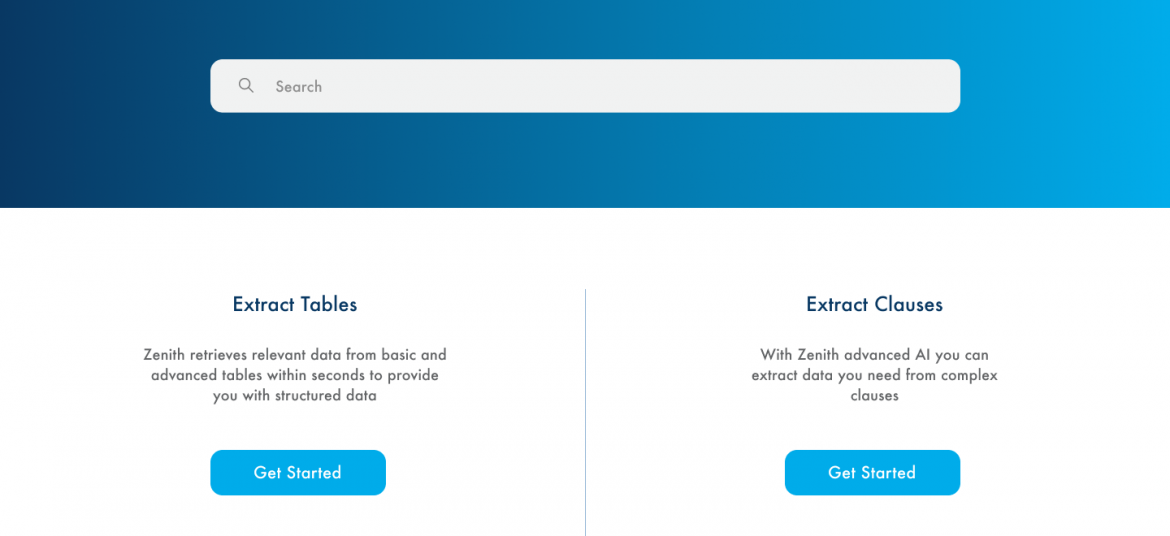
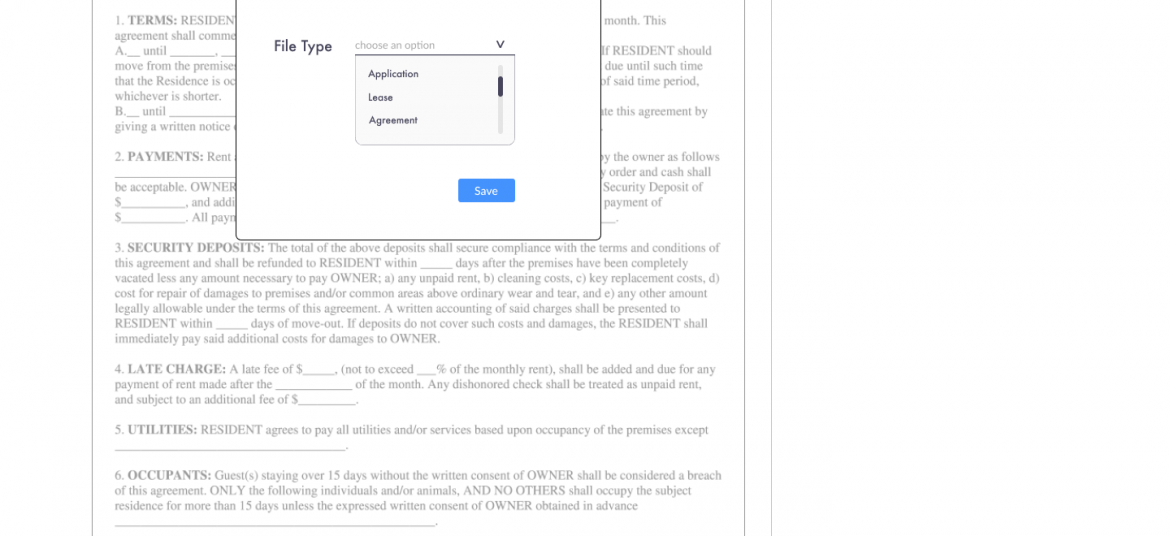
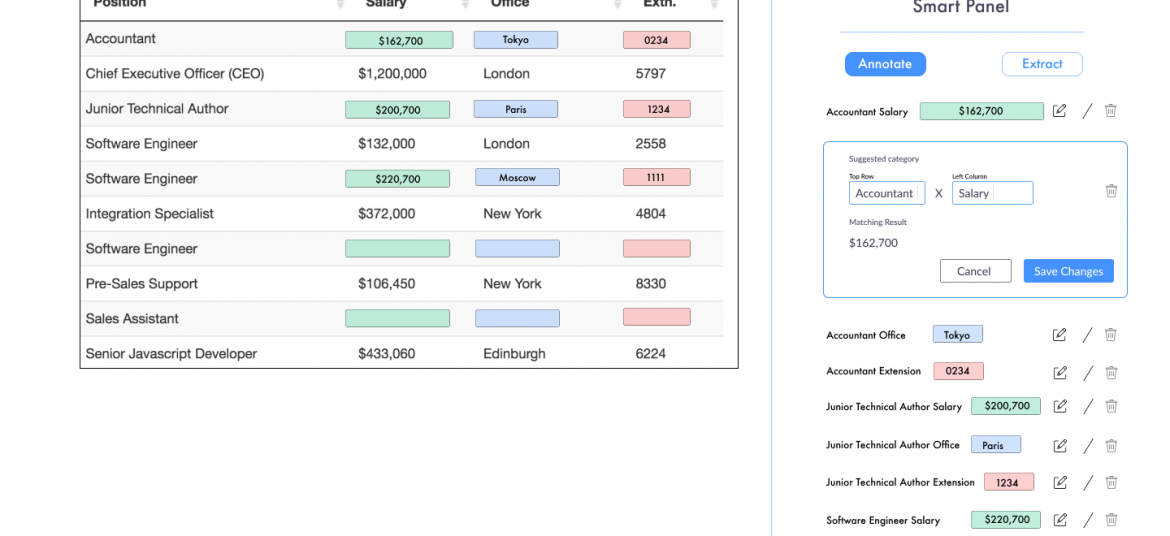
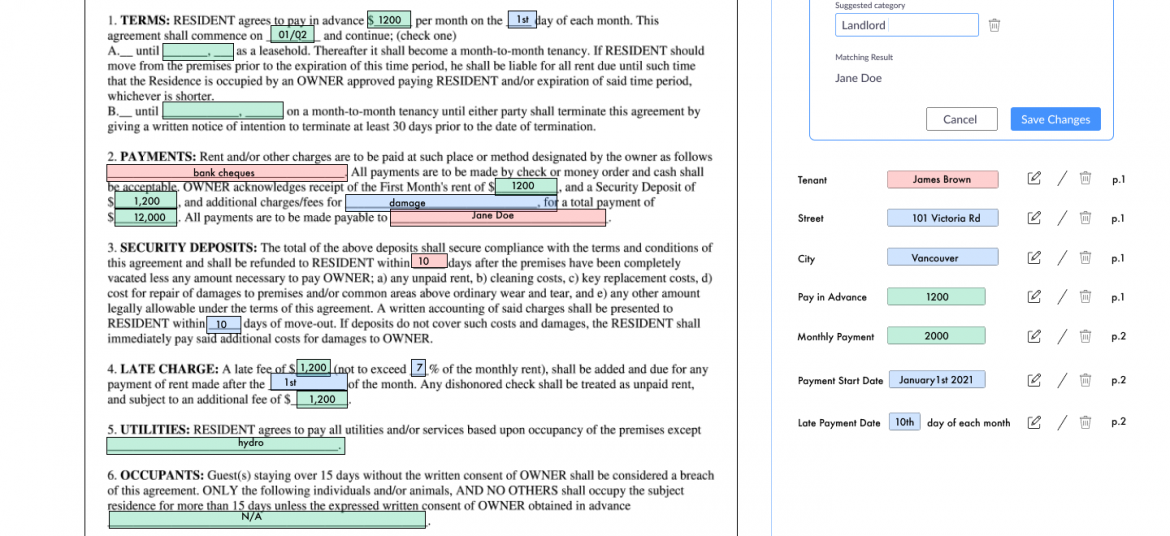
Apogee Suite of NLP and AI tools made by 1000ml has helped Small and Medium Businesses in several industries, large Enterprises and Government Ministries gain an understanding of the Intelligence that exists within their documents, contracts, and generally, any content.
Our toolset – Apogee, Zenith and Mensa work together to allow for:
- Any document, contract and/or content ingested and understood
- Document (Type) Classification
- Content Summarization
- Metadata (or text) Extraction
- Table (and embedded text) Extraction
- Conversational AI (chatbot)
Search, Javascript SDK and API
- Document Intelligence
- Intelligent Document Processing
- ERP NLP Data Augmentation
- Judicial Case Prediction Engine
- Digital Navigation AI
- No-configuration FAQ Bots
- and many more
Check out our next webinar dates below to find out how 1000ml’s tool works with your organization’s systems to create opportunities for Robotic Process Automation (RPA) and automatic, self-learning data pipelines.
